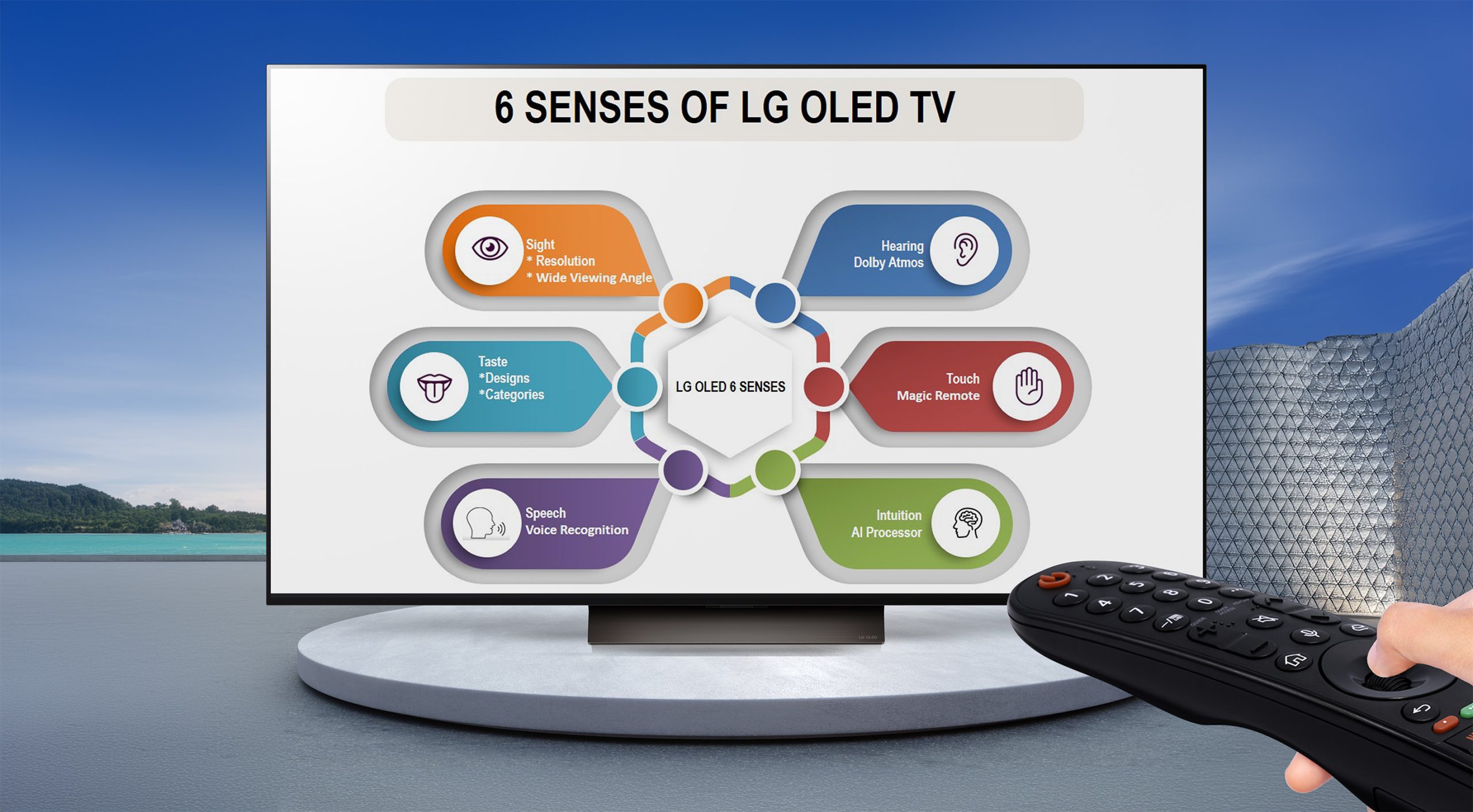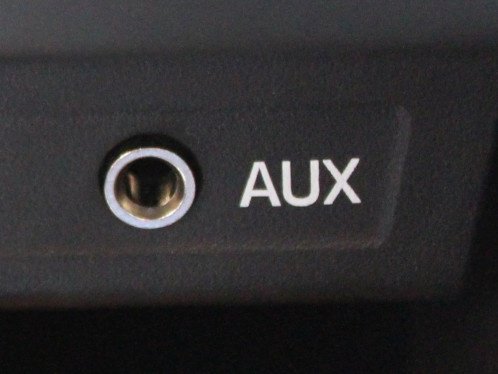What are the types of artificial intelligence? See the differences between the categories ANI, AGI and ASI
Artificial intelligence (AI) refers to the ability of machines to simulate human intelligence processes. Currently, AI can be divided into three levels: Artificial Narrow Intelligence (ANI), Artificial General Intelligence (AGI) and Artificial Superintelligence (ASI).
ANI is the only one of the three types of AI that is already part of our daily lives, with concrete applications. AGI and ASI are AI concepts that are still being studied by researchers for the future, with no guarantee of when or if they will come to fruition.
In the case of Narrow Artificial Intelligence, some examples of use are GPS navigation systems, customer service chatbots, virtual assistants and generative AI applications, such as ChatGPT.
Next, learn about the types of artificial intelligence and understand the differences between them.
1. ANI: Artificial Narrow Intelligence
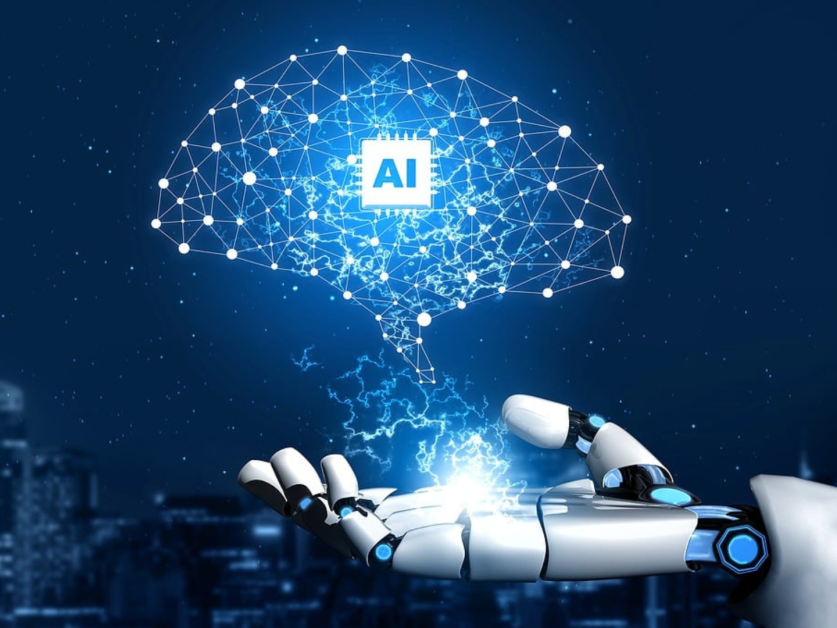
Derived from the English term Narrow AI, Narrow Artificial Intelligence (ANI) represents the only type of artificial intelligence that currently exists. The term “Narrow” in the nomenclature refers to the limitation of AI to perform a certain task or a specific set of actions within a well-defined scope.
The constant development of NAR has resulted in applications with greater data storage and optimized information processing. However, the limitations of application and scope mean that Narrow AI is also popularly referred to as “narrow AI” or “weak AI.”
What are the examples of Narrow Artificial Intelligence in everyday life?
Artificial Narrow Intelligence powers almost every current application that involves the use (directly or indirectly) of artificial intelligence. Some of the main examples of services or technology that use ANI include:
- Virtual assistants: Siri, Alexa, Google Assistant and other assistants focused on recognizing voice commands and executing programmed tasks;
- Navigation systems: applications with well-defined tasks, such as finding the fastest route from one point to another;
- Generative AI applications: Applications like ChatGPT and Midjorney, which can create new content based on input prompts and training data;
- Autonomous cars: vehicles that use sensors and algorithms to perform previously defined actions, such as braking at a red light or changing direction on a curve;
- Customer service chatbots: automated applications and services to answer specific customer questions;
- Machine translation: tools that translate texts from one language to another, but which do not always take into account the context or linguistic nuances;
- Facial recognition: systems trained to identify specific patterns in facial images.
What are the limitations of ANI?
ANI focuses only on the objective for which it was programmed, and cannot act in a more comprehensive manner. A practical example: if it is trained to suggest savory cake recipes, it may not be able to suggest savory pie recipes, even if the ingredients used are similar.
Furthermore, Narrow AI does not have a deep understanding of the information it processes and lacks self-awareness. In other words, the technology relies on a large amount of data to perform tasks, both in the training phase and in the continuous learning stages.
It is worth mentioning that ANI plays an important role in technological development, especially in process automation, data analysis and the performance of specific tasks. However, it is a technology that depends on humans, from its conception to the maintenance phase of use.
2. AGI: Artificial General Intelligence
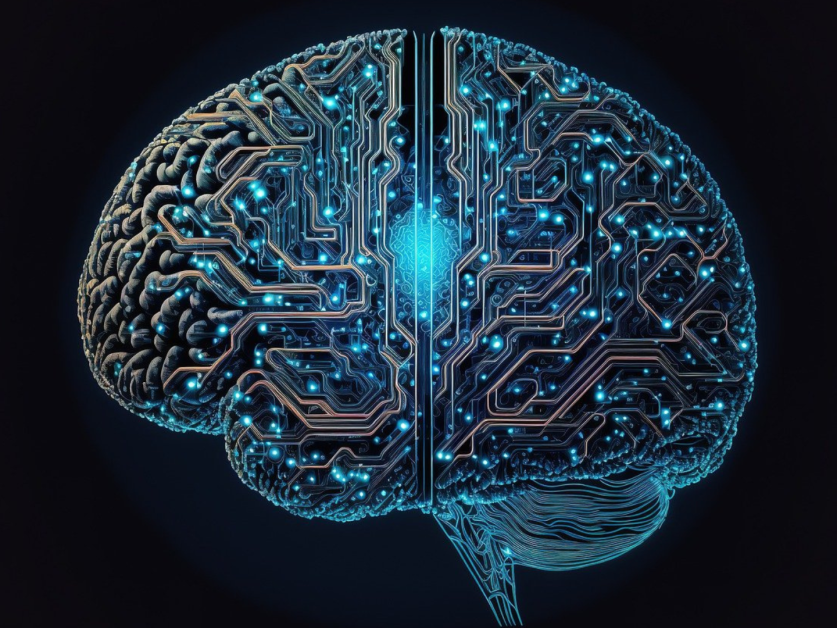
Artificial General Intelligence is a theoretical AI concept, with no real-world examples yet. The term “General” in the nomenclature arose to differentiate AI from Artificial Narrow Intelligence (ANI), since AGI could solve problems for which it was not programmed.
In fact, AGI is expected to have intelligence and capabilities similar to those of human beings, which explains its classification as “strong AI”. However, this is a technology that has not yet left the drawing board, and there is no set deadline for its completion.
What capabilities are expected from AGI?
The expectation is that AGI will reach the same level of cognitive abilities as a human being. In theory, Artificial General Intelligence would be self-aware, with the ability to solve problems, learn, make predictions, and transfer knowledge from one area to another.
And in addition to replicating logical reasoning of a human mind, it is said that AGI would be able to emulate other complex behaviors, such as creativity, perception and learning.
3. ASI: Artificial Superintelligence
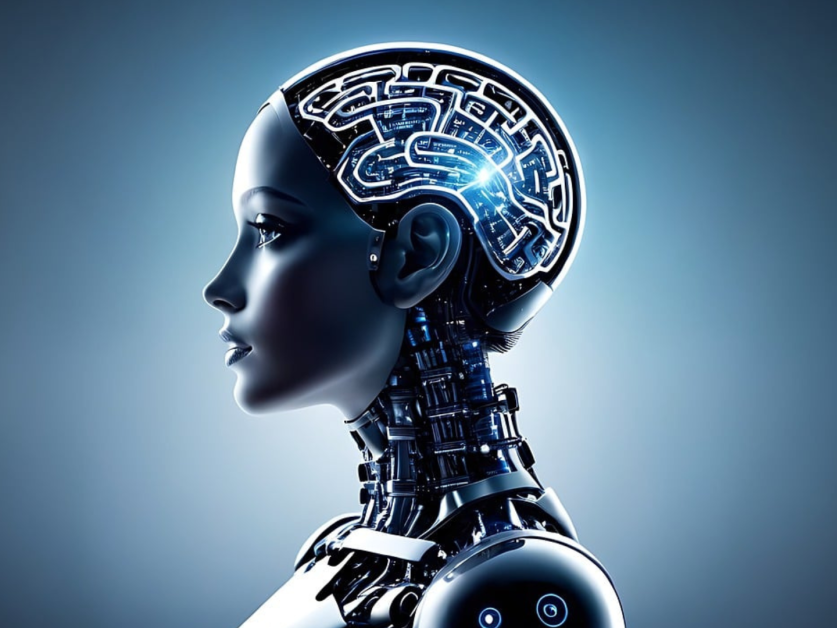
Represented by the acronym ASI, Artificial Superintelligence is a future assumption of the most advanced type of AI. In fact, the term “Superintelligence” refers to a machine with the power to surpass human capacity and intelligence in practically any area.
Like Artificial General Intelligence (AGI), Artificial Superintelligence only exists in the theoretical field and, for now, is just an object of study. And given its theoretical capabilities, ASI is also part of the group called strong AI.
What capabilities are expected from ASI?
A machine with ASI is expected to be fully self-aware, with intelligence superior to that of a human being, and with the potential to improve itself and make its own decisions, without human intervention. And due to the capabilities and speed of processes, Artificial Superintelligence would revolutionize the functioning of the world.
It is important to mention that ASI is just a projection for the future, and it would depend on the implementation and development of AGI to actually come to fruition. After all, if AGI could replicate human capabilities, ASI would perform any task even better than a person.
Are there other classifications for artificial intelligence?
Yes. In addition to the ANI, AGI, and ASI types, artificial intelligence can be classified into other subdivisions based on different capability criteria. These categories include:
- Reactive machines: simple, limited AI systems, such as search engines, that react to stimuli based on pre-programmed rules;
- Limited memory: type of AI system with limited memory to store data and make decisions based on information, such as virtual assistants;
- Theory of mind: concept under study that proposes an AI capable of thinking and making decisions like a human, including the recognition of emotions, beliefs and reactions;
- Self-aware: the theoretical concept of a self-aware AI machine, with the ability to understand and reflect on itself and humanity, and with the intellectual and emotional resources of a real person.
What type of artificial intelligence does ChatGPT have?
ChatGPT is an example of Narrow Artificial Intelligence (ANI) since it is designed to perform only certain tasks within the scope of natural language processing (NLP). Other generative AI applications, such as Google Gemini and Midjourney, also fall under ANI.
What is the difference between weak AI and strong AI?
Represented by Narrow Artificial Intelligence (ANI), weak AI has limitations in application and capacity, is not conscious, and can only perform tasks within a predetermined scope. These limitations have allowed the realization of weak AI, as well as its implementation (via applications) in everyday life.
Strong AI, composed of Artificial General Intelligence (AGI) and Artificial Superintelligence (ASI), is a theoretical concept still under study. Its capabilities would be equivalent to or superior to those of a human being, enabling machines to think, execute, learn or understand the world on their own.
What is the difference between AGI and ASI?
Artificial General Intelligence (AGI) is a theoretical concept of artificial intelligence, which theorizes a machine with the power to perform intellectual tasks that any human is capable of doing. AGI is seen as a type of AI superior to ANI, with fewer limitations and more intellectual and decision-making capabilities.
Also in the concept stage, Artificial Superintelligence (ASI) would be an evolution of AGI: instead of just replicating human capabilities, it would be able to perform any activity better and faster than a person, with self-awareness, and being able to evolve, learn, create, execute and predict without external interference.
